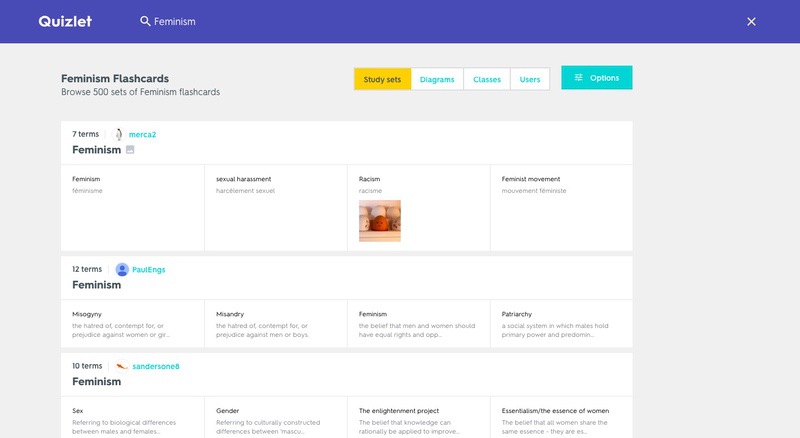
You can find just about anything you’re looking for there. Get creative, be descriptive with your searches. Google Images is a great resource for pictures.

When I make cards I use a combination of any of the above… whatever suits the circumstances. Or use an inexpensive app to draw them on your device. You can also draw your images on paper, then take a photo of the drawing(s).
#Flashcards for mac software#
If you don’t own image editing software you can download Gimp for FREE.Or use a site like Canva. I use Affinity Photo image editing software on my Mac. (Remember: we want to use the bare minimum… the fewest it takes to get the job done effectively!) The cards are made using a combination of Images and Text. So now you know why we need to have only 1 Question Per Card! Second is, wasting time… every time you read the question you already knew the answer to, you’d be unnecessarily wasting time!Īlright. How would you handle that with these 2 questions on the card? You couldn’t. This would cause a couple of problems:įirst, would be scheduling… you should see the difficult question, more often and the easier question, less often. Suppose you have a card with 2 questions on it one you know the answer to, and one you don’t. Cards you know better are shown less often.

With Spaced Review, cards you have difficulty with are shown to you more often.
#Flashcards for mac how to#
Check out, How To Use Spaced Repetition With Flashcards to learn more about Spacing your reviews. Like Active Recall, this spacing serves to strengthen and maximize the number of neural connections to the information, thereby, requiring less reviews to achieve longterm retention. Spaced Repetition is a review system that puts increased intervals of time between each review of a piece of information ( a flashcard). Have a look at the Forgetting Curve to see how much we FORGET when engaged in passive recall. So you don’t get the same benefit of shortening the number of reviews required to learn the information.Īlso, with passive recall, we somehow believe we’re remembering what we are reading, simply because we recognize and understand it. Passive Recall doesn’t have as strong an effect on the neural pathways as Active Recall does. (We are not engaging in any retrieval process.) Here the information flows IN to the brain. Passive Recall, on the other hand, is what we’re engaged in when we are reading our notes or a book, for example. So, Active Recall is the process of working to get information OUT of the brain. This work produces a chemical reaction that serves to strengthen and build more neural pathways to that information, thereby, making it easier to recall in the future.

Whenever we’re asked a question, our brain goes to work to recall the answer. A single question allows us to engage in what is known as Active Recall.


 0 kommentar(er)
0 kommentar(er)
